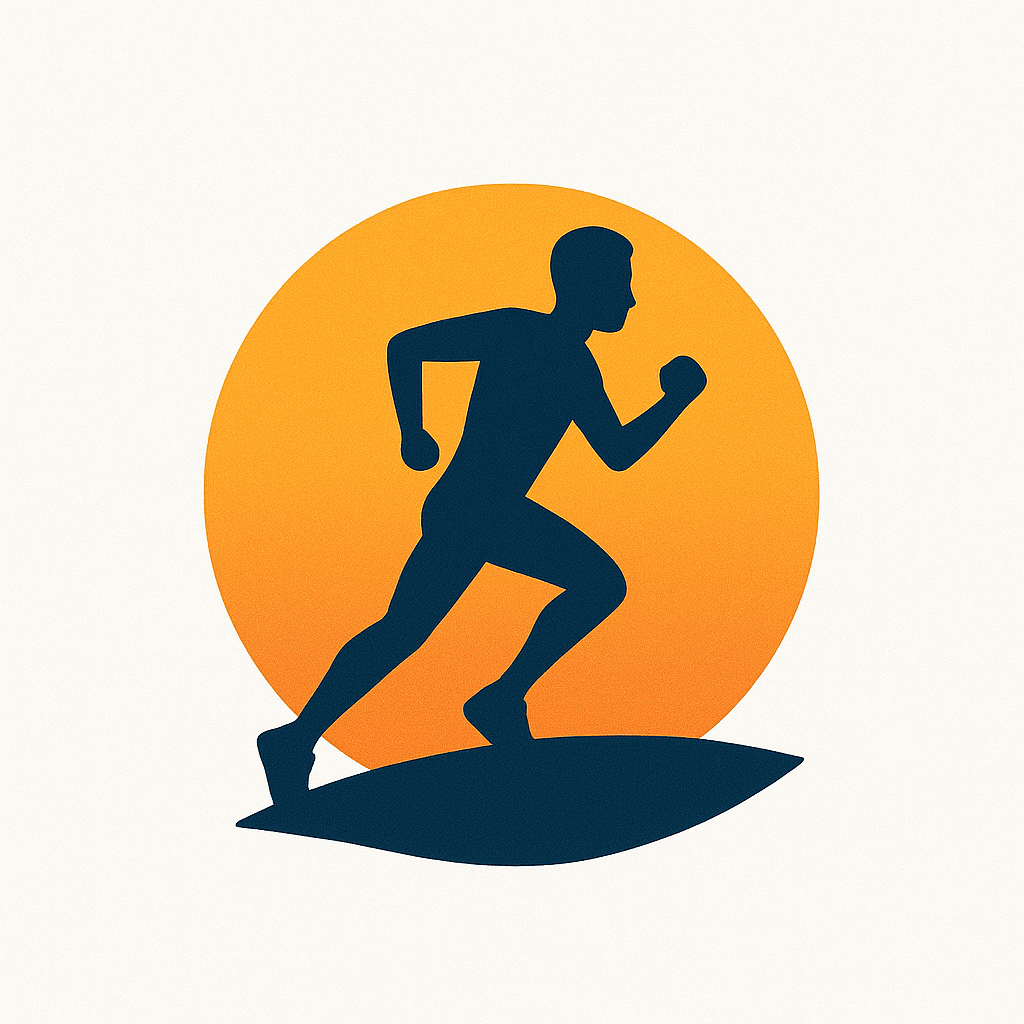Running a Race in Hot Weather: Smart Strategies to Beat the Heat and Finish Strong
You’ve put in the miles. You’ve nailed your training. Your goal race is circled on the calendar. But then—boom—race day arrives and so does a heat wave. If you’ve ever trained through cool winter months only to face unexpected high temperatures on race day, you’re not alone.
Hot weather running can throw even the most seasoned runners off their game. But with the right preparation, pacing, and mindset, you can still cross that finish line feeling accomplished—and safe.
In this guide, we’ll dive into how to run a race in hot weather, why the heat hits runners harder than you might expect, and the science-backed tips that could help you adapt and excel when the mercury rises.
1. Adjust Your Race Day Goals
This can’t be emphasized enough: hot weather demands a revised strategy. Your pacing plan for a cool spring morning won’t hold up under a blazing sun. In fact, the risk of overheating and dehydration increases significantly when temperatures climb. More runners drop out (DNF) of races due to heat-related issues than you might think.
Instead of chasing a specific finish time, focus on running by effort. Use your perceived exertion or even a heart rate monitor to keep your intensity in check. Your body will be working harder, so don’t let your ego override your instincts.
Key takeaway: Be smart, not stubborn. Adjusting your expectations can save your race—and your health.
2. Know the Signs of Heat Exhaustion
Running in heat puts you at risk for heat exhaustion and in severe cases, heat stroke. Recognizing the early warning signs can make a critical difference.
Watch for symptoms like:
- Dizziness or lightheadedness
- Muscle cramps
- Nausea or vomiting
- Unusual fatigue
- Mental confusion
- Rapid heart rate
- Headache
If you experience any of these, slow down, walk, or stop completely. No race is worth risking serious illness.
3. Hydrate Early, Often, and Smartly
Hydration begins before race day. Drink water throughout the day before your race, and include electrolytes to replace the sodium and minerals lost through sweat.
On race morning, drink enough to ensure you’re well-hydrated—check your urine color; aim for pale yellow or straw-colored.
During the race:
- Sip water at every aid station.
- If you’re prone to heavy sweating, carry a handheld bottle, hydration vest, or soft flask.
- Electrolyte drinks can help maintain sodium balance, which is crucial in the heat.
Pro tip: Don’t overdo plain water without electrolytes, as this can lead to hyponatremia—a dangerous drop in blood sodium levels.
4. Cool Down From the Outside In
While drinking water is your first line of defense, don’t overlook external cooling techniques:
- Splash water over your head and neck at aid stations.
- Use cold sponges or ice if they’re available.
- Target areas like your forearms, head, and hands, which are highly sensitive to temperature changes.
- A wet cap or bandana can also help keep your head cooler for longer.
Even if the science is still evolving on whether this actually lowers your core body temperature, you’ll feel better—and that matters.
5. Dress for the Weather
What you wear can have a big impact on how you handle heat.
- Choose light-colored, sweat-wicking fabrics.
- Avoid dark colors that absorb heat.
- Skip base layers—unless it’s cold at the start, they’ll only trap heat.
- A breathable hat can shield you from the sun and help you stay cool.
- Sunglasses reduce eye strain and squinting, helping you conserve energy.
Bonus tip: Apply anti-chafe balm to avoid irritation caused by extra sweat and wet clothing. Heat plus friction is a recipe for discomfort.
6. Don’t Forget the Sunscreen
Running for hours under direct sunlight puts your skin at risk for sunburn, which can increase your body temperature even more and lead to heat-related complications.
Apply a sweat-resistant SPF 30 or higher at least 30 minutes before your race starts. And don’t forget often-missed spots like your ears, neck, and the backs of your knees.
7. Run in the Shade (When You Can)
If your race route includes tree-lined streets, tall buildings, or shaded paths—use them strategically. Direct sunlight can increase the perceived heat by several degrees. A little shade can provide much-needed relief and help maintain your pace without overexerting.
8. Understand the Science: Why Running in Heat Is So Hard
Running generates heat. Your body cools itself by sending more blood to the skin and producing sweat. But here’s the catch: the blood used to help you sweat is also needed to deliver oxygen to your muscles. The result? Your heart has to work harder.
In hot weather:
- Your heart rate rises even at slower paces.
- Sweat losses lead to dehydration, which thickens your blood and reduces your body’s ability to regulate heat.
- Your brain steps in to prevent overheating by reducing your ability to push your pace. It’s a survival mechanism.
In other words, it’s not just in your head. Heat makes running physiologically harder.
9. Can You Train for Heat?
Yes—heat training is a thing, and it works.
While it takes several weeks to adapt to warm-weather running, doing so can increase your blood plasma volume, helping you sweat more efficiently and transport oxygen better.
Here are ways to heat train safely:
- Take hot baths post-run for 30 minutes.
- Use a sauna 1–2 times per week.
- Try short workouts in extra layers (like a jacket and tights), but only under supervision or with great caution.
- Always rehydrate thoroughly and include extra electrolytes.
This isn’t a quick fix, but over time, it can dramatically improve your hot-weather performance.
10. Recovery After a Hot Race
When the finish line is behind you, your job isn’t done. Recovery in the heat requires extra attention.
Post-race tips:
- Rehydrate with water and electrolytes.
- Eat a carb-protein combo meal within 60 minutes.
- Continue drinking fluids throughout the day.
- Stay in the shade or a cool area to bring your core temperature down.
If you’re feeling unusually fatigued or ill, don’t ignore the signs—consult a medical professional.
Final Thoughts: Listen to Your Body
Running a race in hot weather is no joke, but it doesn’t have to derail your day. The key is to respect the conditions, stay smart, and put safety above all else.
Your fitness doesn’t disappear in the heat—it just needs to be applied differently. With thoughtful planning and a few strategic adjustments, you’ll still be able to savor the accomplishment of finishing your race strong, even when the sun is blazing.
Train smart. Run smart. Finish strong.






Leave a Reply